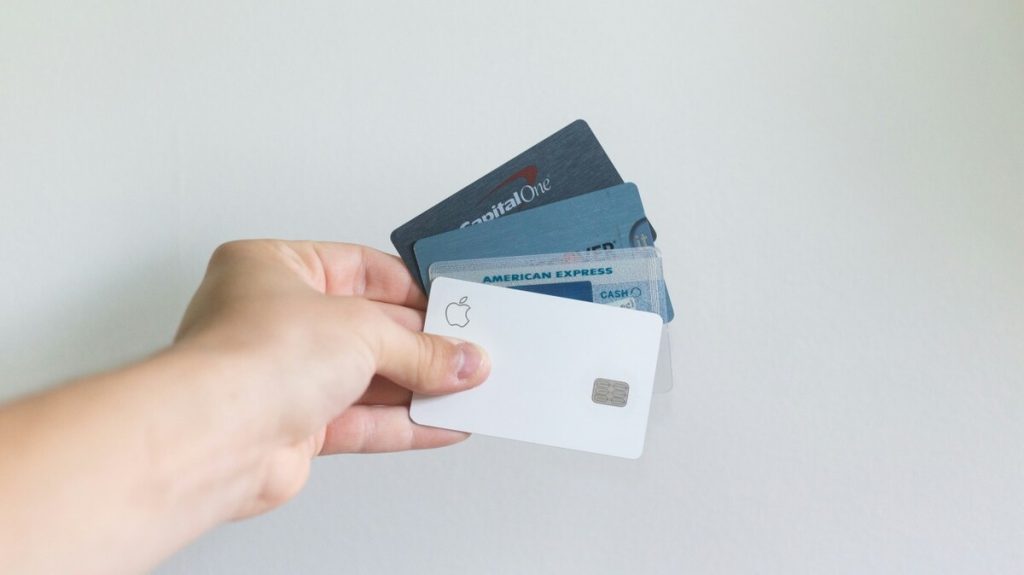Introduction to Chargebacks
Chargebacks can significantly impact businesses, leading to financial loss and operational disruption. In 2023, merchant losses due to chargeback fraud were estimated at $79 billion. A chargeback occurs when a customer disputes a transaction, and the issuing bank reverses the payment. Merchants must pay additional fees, and these disputes can damage their business’s reputation.
Understanding the chargeback process and how to appeal invalid chargebacks is critical for minimizing these losses. This guide covers the necessary steps to appeal chargebacks effectively.
The Chargeback Process
Chargebacks involve multiple parties: the customer, the issuing bank, the acquiring bank, and card networks like Visa and MasterCard. Here’s how the process works:
- Customer Dispute: A customer disputes a transaction with their issuing bank.
- Issuing Bank: The bank assigns a reason code and provides a temporary credit to the customer.
- Acquiring Bank: The merchant’s bank is notified of the chargeback and debits the merchant’s account.
- Merchant Response: The merchant can accept the chargeback or submit evidence to dispute it.
Merchants typically have 10 to 30 days to respond, depending on the card network. This response window is critical to the outcome of the appeal.
Common Reasons for Chargebacks
Understanding the reason for a chargeback is key to a successful appeal. Each chargeback comes with a reason code that indicates why the customer disputed the transaction. Common reason codes include:
| Reason Code | Description | Action Required by Merchant |
|---|---|---|
| 13.1 | Merchandise not received | Provide delivery proof or tracking information |
| 12.5 | Incorrect transaction amount | Submit transaction records, receipts |
| 10.4 | Fraud – Card not present | Present customer authorization, AVS, CVV data |
| 30 | Services not rendered | Show documentation of service rendered |
Each reason code requires specific evidence. For fraud-related disputes (e.g., reason code 10.4), merchants should present evidence such as AVS (Address Verification System) and CVV (Card Verification Value) data.
The three most common categories of chargebacks are:
- Friendly Fraud: Customers dispute legitimate transactions.
- True Fraud: Payment information is used without the customer’s consent.
- Merchant Error: Mistakes during the transaction, such as incorrect amounts or duplicate charges.

How to Appeal a Chargeback (Chargeback Representment)
Disputing a chargeback involves representment, where the merchant provides evidence to prove the validity of the transaction. Here’s a step-by-step guide:
- Check the Reason Code
Each chargeback comes with a reason code. This code indicates the type of dispute and the evidence needed to counter it. For instance, if a customer claims they never received the merchandise, the merchant needs to show proof of delivery. - Gather Supporting Evidence
Collecting relevant documents is crucial. This may include:
- Transaction records
- Receipts
- Delivery confirmations
- Customer communication records
- Security data (AVS, CVV, etc.) The following table shows the required documents for different disputes: Type of Dispute Evidence Required Fraud AVS, CVV, customer authorization, transaction logs Product Not Received Proof of delivery, signed receipt Incorrect Transaction Receipts, invoices, order history
- Prepare a Rebuttal Letter
A rebuttal letter is essential. It should clearly explain the merchant’s side of the story and provide supporting evidence. Here’s what to include:
- Merchant Account ID
- Transaction ID
- Purchase Date
- Summary of Events: Explain why the chargeback is incorrect, supported by evidence. Keep the rebuttal factual and to the point. The goal is to show the bank that the transaction was legitimate.
- Submit the Response
After gathering the evidence and drafting the rebuttal letter, submit the appeal through the appropriate portal (usually provided by the acquiring bank). - Wait for a Decision
It can take 30 to 90 days for the bank to decide. During this period, it’s important to monitor the status of the dispute.
When to Accept or Fight a Chargeback
In some cases, it may not be worth fighting a chargeback. Consider the cost and the likelihood of success before disputing.
- When to Accept: Accept the chargeback if it’s due to true fraud or if the transaction amount is too small to justify the time spent disputing.
- When to Fight: Fight chargebacks in cases of friendly fraud or when there is clear evidence to support the merchant’s case.
For friendly fraud disputes, it’s important to appeal to prevent further abuse. Merchants who allow too many chargebacks without disputing them may find themselves labeled as high-risk.
Best Practices for Preventing Chargebacks
Prevention is more effective than disputing chargebacks. Implement these strategies to minimize chargebacks:
- Ensure Clear Communication
Misunderstandings about products, services, or terms of sale can lead to disputes. Ensure that your return policies, shipping details, and terms and conditions are clearly visible and easy to understand. - Use Fraud Detection Tools
Fraud detection services, such as 3D Secure, AVS, and CVV verification, can help prevent fraudulent transactions. These tools provide additional layers of security, verifying that the customer is the rightful cardholder. - Respond Quickly to Disputes
Delaying a response to a dispute often results in a loss by default. Merchants must act quickly to gather evidence and submit their response within the allowed time frame. - Monitor Chargeback Ratios
Maintaining a low chargeback ratio is crucial. A ratio higher than 1% can lead to penalties from card networks. Regularly monitoring your chargeback ratio will help you identify potential issues before they escalate.

Partnering with a Chargeback Prevention Solution
While it’s important to know how to dispute chargebacks, prevention is key. Partnering with a reliable chargeback prevention service can significantly reduce your exposure to disputes. For example, Merchanto.org, a trusted partner of Visa and MasterCard, offers tools to detect and prevent fraudulent transactions before they result in chargebacks. Merchanto’s solutions help merchants proactively manage disputes and reduce chargeback ratios. Learn more here.
Example: Chargeback Statistics and Trends
Chargebacks affect merchants across industries, with some sectors experiencing higher chargeback rates. The following table highlights industry-specific chargeback rates and associated costs:
| Industry | Average Chargeback Ratio | Cost per Chargeback |
|---|---|---|
| E-commerce | 1.47% | $190 per chargeback |
| Travel & Airlines | 1.23% | $130 per chargeback |
| Retail | 0.85% | $100 per chargeback |
These figures demonstrate that industries with higher chargeback ratios, such as e-commerce, face greater financial exposure.
How Chargeback Prevention Tools Can Help
Merchants dealing with frequent chargebacks should implement prevention tools to manage and reduce disputes. Some key methods include:
- Fraud Scoring Systems: Analyze transaction data to detect potentially fraudulent orders.
- Chargeback Alerts: Receive alerts when a customer initiates a dispute, allowing the merchant to take preemptive action.
- Automated Response Systems: Automatically generate responses and collect evidence when a chargeback is received.
These tools not only reduce the number of chargebacks but also improve the success rate when appealing disputes.
Conclusion
Effectively disputing chargebacks requires understanding the chargeback process, gathering the right evidence, and submitting a clear rebuttal letter. While some chargebacks are unavoidable, merchants can take steps to minimize their frequency and cost. Implementing chargeback prevention measures, using fraud detection tools, and partnering with trusted services can reduce financial losses and protect your business from chargeback fraud.
By staying proactive and prepared, merchants can navigate the chargeback process more efficiently and reduce the overall impact of chargebacks on their bottom line.



